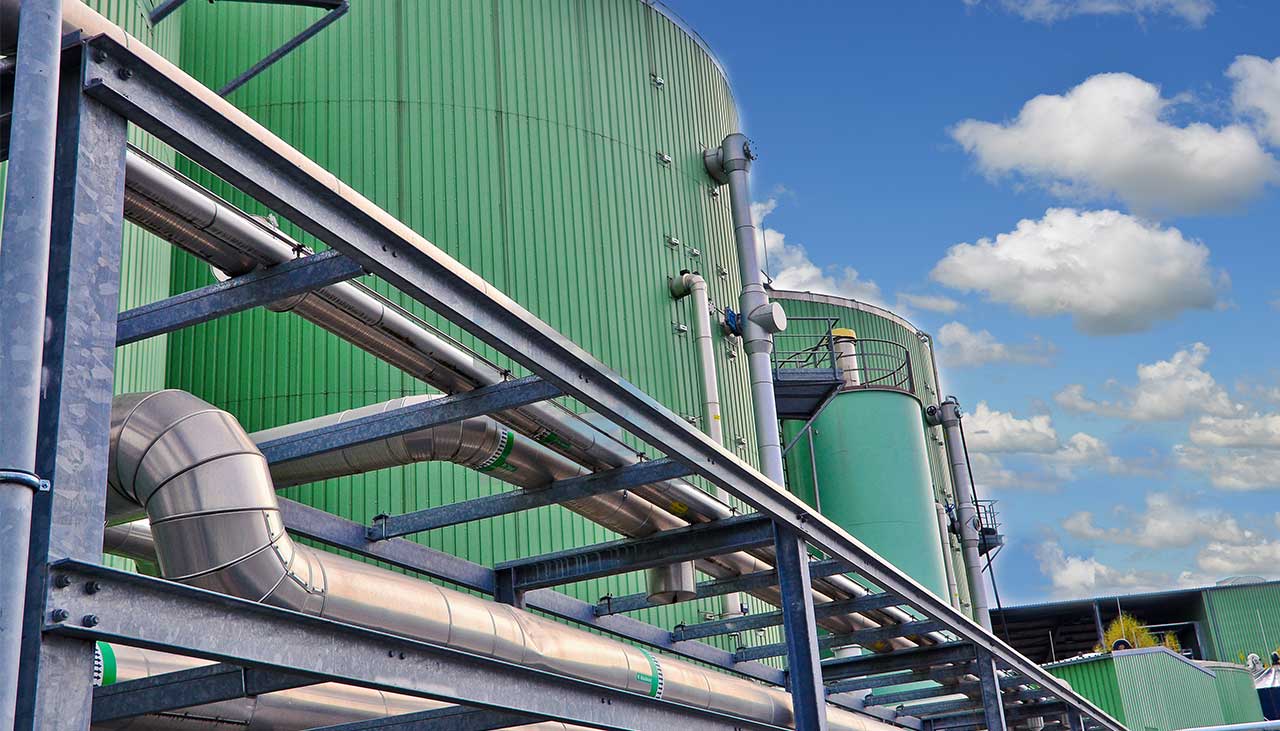Summary
The High-Energy Algal Fuels project integrated macroalgal biomass production into existing industrial infrastructure for the bioremediation of toxins from wastewater and the reduction of carbon emissions through photosynthesis. The biomass did not compete for arable land or quality water by being cultivated in waste water.
Key results
Achievements and lessons learnt
The High-Energy Algal Fuels project ran 2 parallel programs, Research and development and Demonstration.
Research and development
- 40 species were assessed to select six for detailed testing
- Projected value of biomass increased by 45-77% with the extraction of protein
- The results of the studies demonstrated that co-products are critical to product value and the quality of biocrude.
Demonstration
James Cook University conducted 8 demonstration scale macroalgae projects. The size of these projects ranged from 32,500 L to 160,000 L. Six of these projects included bioremediation of wastewater. The projects were located at James Cook University, TCC Cleveland Bay Waste Treatment Plant, Tarong Power Station, Good Fortune Bay Fisheries and Pacific Reef Fisheries.
Learn more
Outcome
The future direction of JCU’s algae program will be in the application of macroalgae for waste water treatment and processing the spent algal biomass to biofuel and biochar.
Project history
This project was funded under the Advanced Biofuel Investment Readiness (ABIR) Program. The objectives of the ABIR initiated under the previous Australian Centre for Renewable Energy (ACRE) in 2012 were to progress the commercialisation of advanced biofuels by building the investment case for significant and scalable pre-commercial demonstration projects for the production of high energy, drop-in advanced biofuels in Australia.




